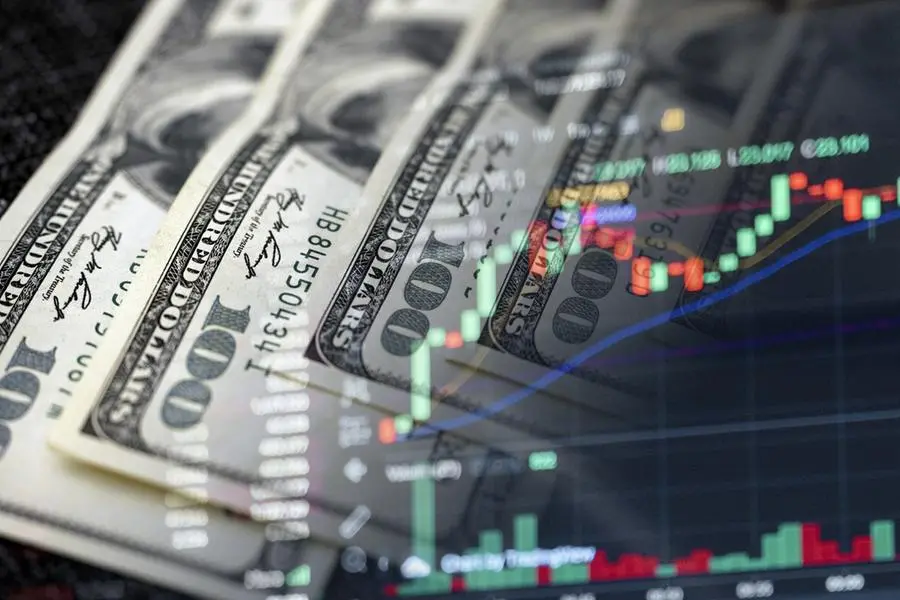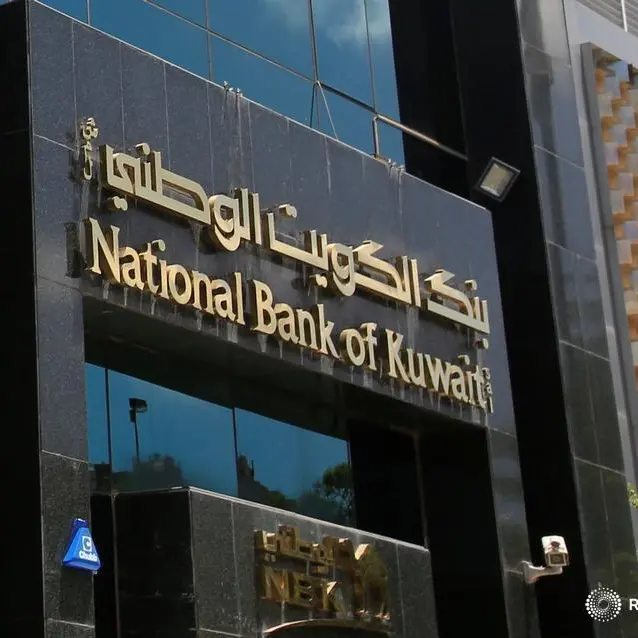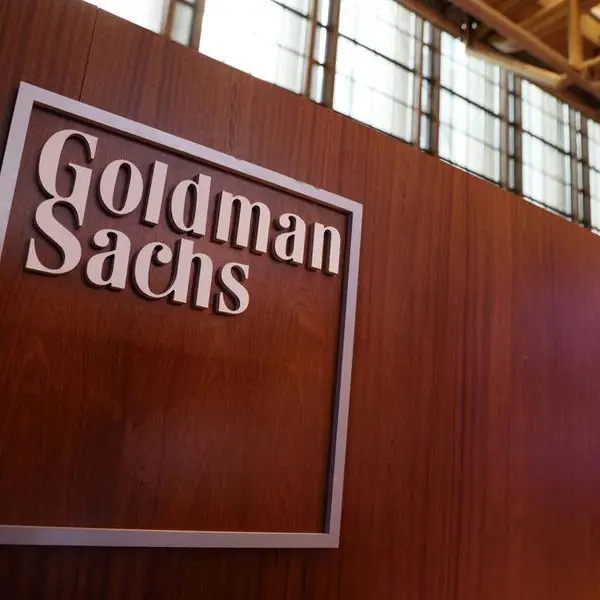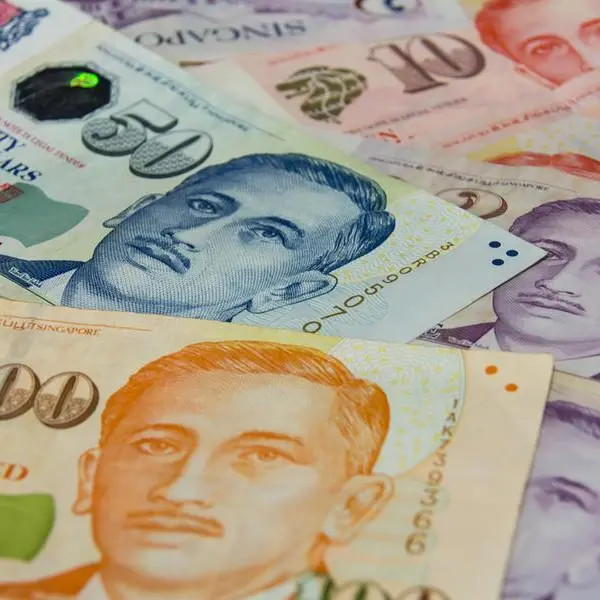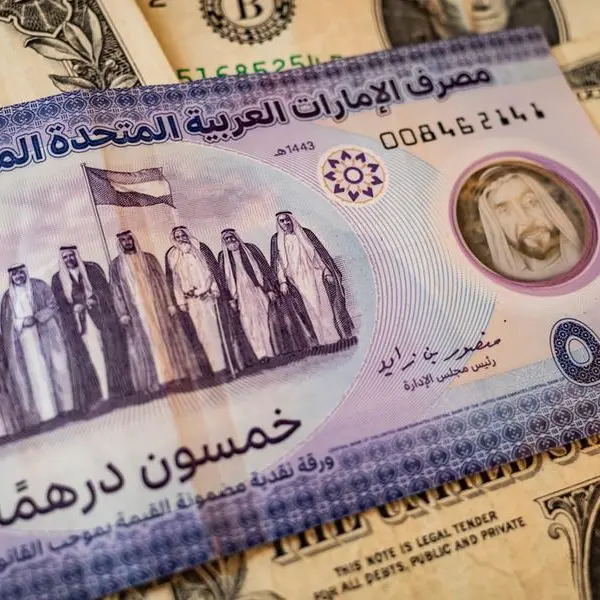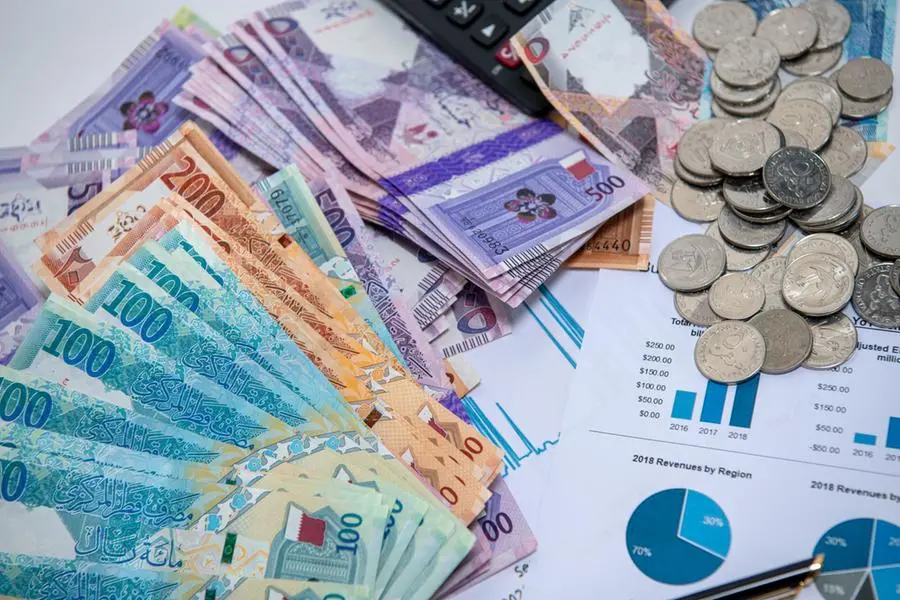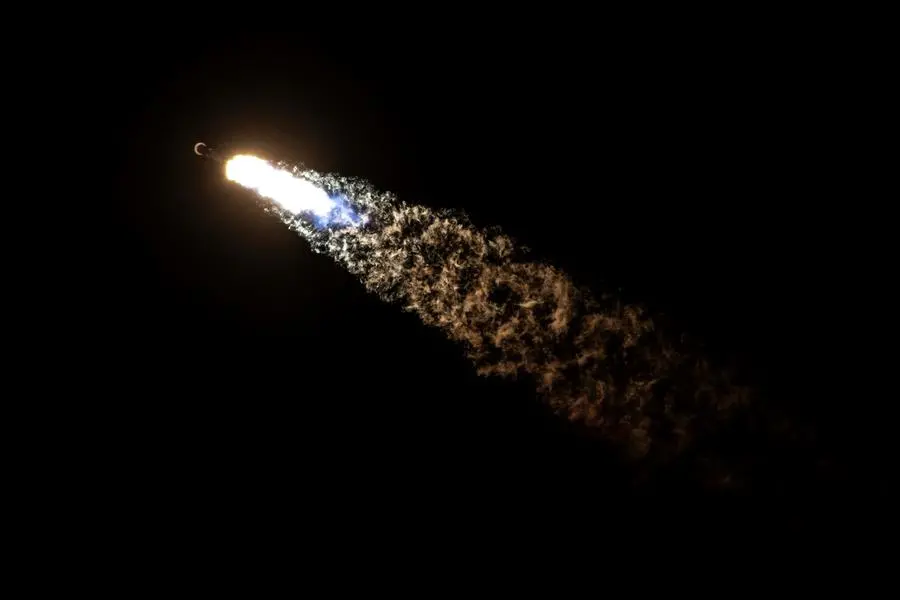PHOTO
The US had the largest inward FDI (foreign direct investment) stock of $10.4 trillion in 2022, followed by China, the UK and the Netherlands, according to fDi Intelligence.
The US FDI stock is down by 19.9% from a year earlier but almost three times as large as the nearest country. The US has been the top destination in terms of FDI stock every year since 1990 and reached $1 trillion in 1995. It took another 13 years before any other country achieved this level.
Meanwhile, at the end of 2022, the market value of global inward FDI stock stood at $44.3 trillion, down by 6% from a year earlier, according to Unctad’s latest annual world investment report. This is counter to the remarkable rate of growth since 1990, when global FDI stock was worth $2.2 trillion.
Cumulative direct investment
FDI stock is the total cumulative direct investment made by foreign investors in a country at a specific moment in time. It gives an indication of historical investment activity in a country and its integration in the global economy. This is opposed to FDI flows – cross-border direct investment over a specific time period such as a year or quarter – which demonstrate a country’s attractiveness to foreign investors during that period.
As multinational companies have pursued growth by investing outside their home markets, popular investment destinations have amassed huge stocks of FDI. In 2022, a total of 13 economies had an inward FDI stock worth at least $1 trillion, according to Unctad data for 198 countries.
China is placed second. At the end of 2022, accumulated overseas direct investment was worth $3.82 trillion in China, up by 5.2% from a year earlier. In recent years, Asia’s powerhouse economy has closed the gap with the US.
Greenfield investment
Inward FDI stock in China was about a third (36.5%) the size of the US’ in 2022, the highest level ever recorded and an increase from 19.3% a decade earlier. Despite this progress, strict Covid-19 rules, geopolitical tensions with the West and crackdowns by the Chinese government have weighed on greenfield investment in recent years.
The UK was the largest country in Western Europe for inward FDI, with stock worth $2.70 trillion at the end of 2022. It has been in the top five countries globally every year since 1990. The Netherlands was not far behind with the largest FDI stock ($2.68 trillion) in the EU.
In fourth was Singapore, which had FDI stock worth $2.37 trillion in 2022. This is almost four times the $633 billion-worth of FDI stock amassed in the Lion City in 2010. FDI into Singapore has grown at breakneck speed due in part to the country’s popularity as a financial hub and investment destination for large advanced manufacturing projects. Hong Kong placed fifth.
Step change
Inward FDI stock stood at $2.09 trillion at the end of 2022, an increase of 6.8% on the previous year. This marks a step change from the period between 2015 and 2017, when Hong Kong ranked second globally for its inward FDI stock, according to Unctad data.
The remainder of the top 10 countries by FDI stock was made up by Canada ($1.44 trillion); Ireland ($1.41 trillion); Luxembourg ($1.16 trillion); and Switzerland ($1.04 trillion).
Some have criticised FDI stock statistics. They argue that the figures do not fairly represent productive investment flows and are easily warped by conduit FDI flows through offshore financial centres (OFCs) and so-called special purpose entities (SPEs).
Research by the IMF in 2019 found that almost 38% of worldwide FDI stock – worth a total of $15 trillion – is ‘phantom’ capital, used for the purpose of multinational corporate tax avoidance, rather than productive activities.
Unctad’s director of investment and enterprise, James Zhan, argued in an fDi opinion piece that it is possible “to strip out much of the analytical noise caused by conduit flows by removing OFCs and SPEs from aggregate FDI statistics”.
Copyright 2022 Al Hilal Publishing and Marketing Group Provided by SyndiGate Media Inc. (Syndigate.info).
